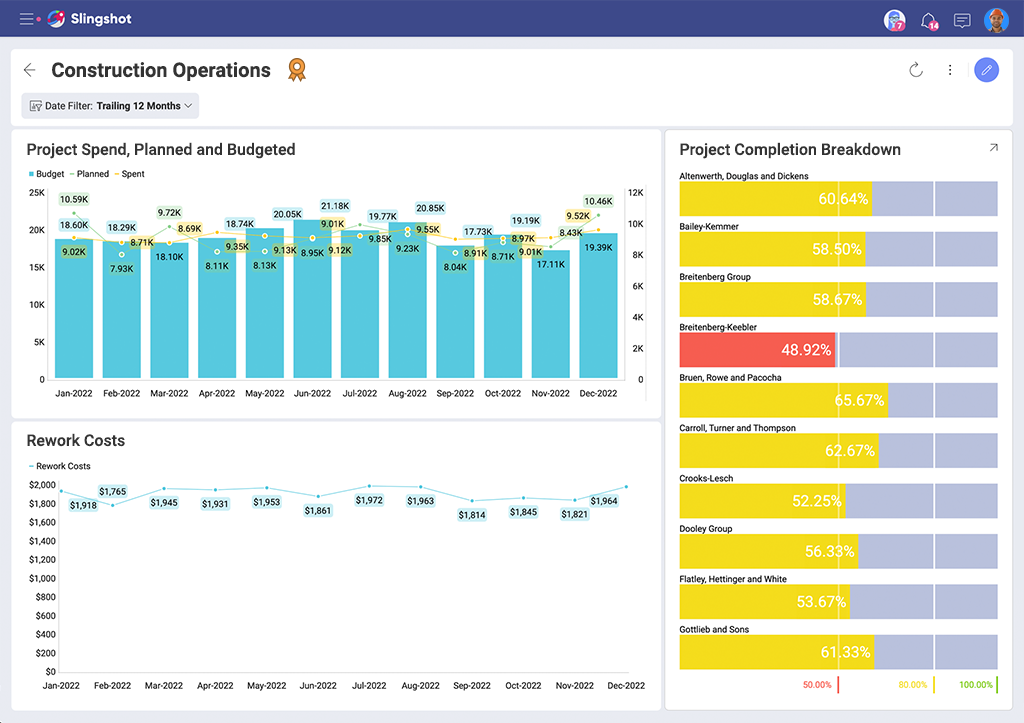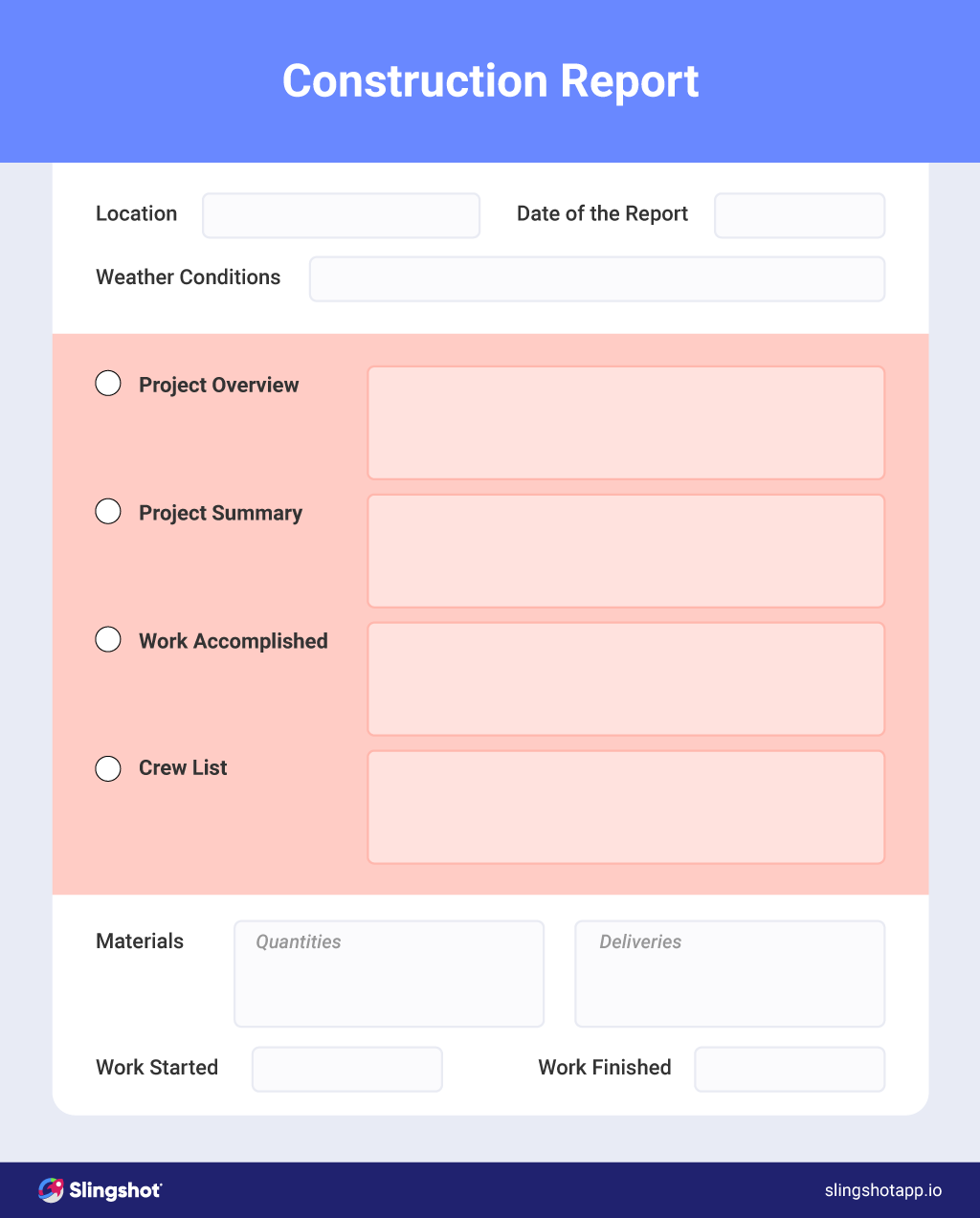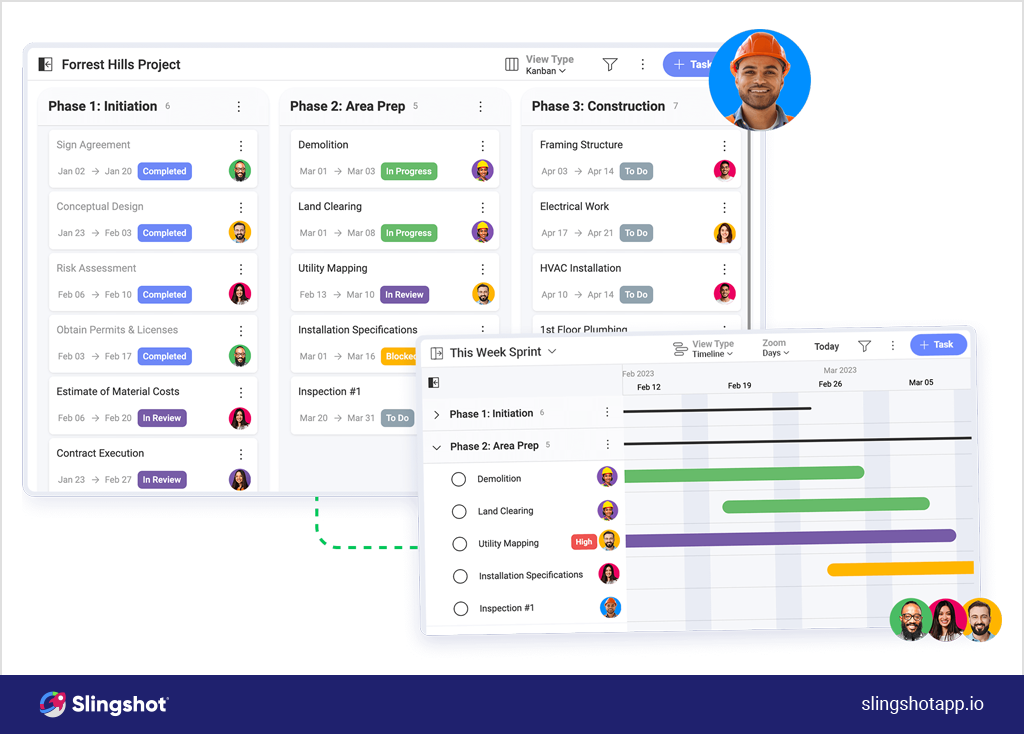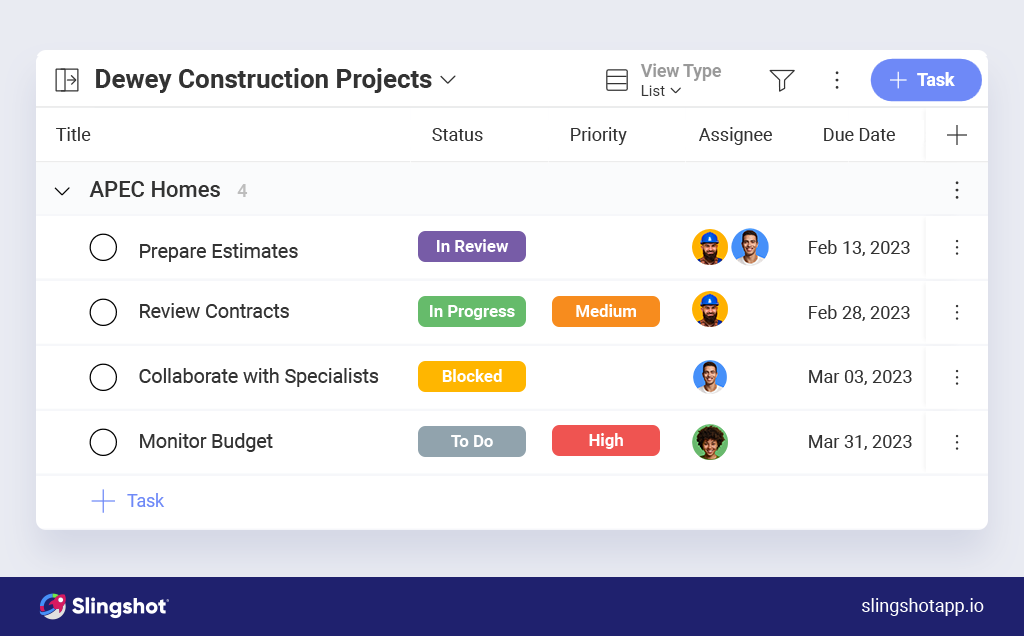
How Stephen Gould Scaled Its Capacity by 30% without Making a Single Hire
Whether you're a construction professional or simply interested in learning more about the industry, this article will provide you with an overview of construction reporting and its role in construction projects’ success.
Executive Summary:
Whether you're a construction professional or simply interested in learning more about the industry, this article will provide you with an overview of construction reporting and its role in construction projects’ success.
Construction reporting is essential to keep projects on track. It provides key insights into the progress, status, and performance of the project, allowing stakeholders, constructors, project managers, and everyone involved to make informed data-driven decisions and take corrective action where necessary.
But what exactly is construction reporting, and how does it work?
In this article, we are taking a closer look at construction reporting, its importance, and the key elements that should be included in a construction report.
Whether you’re a construction professional or simply interested in learning more about the industry, this article will provide you with an overview of construction reporting and its role in construction projects’ success.
Construction reporting is the process of documenting the progress and status of a construction project. The construction reporting process involves gathering and compiling information/data about the project’s timeline, the different stages of the project, budget, resources, and more, and presenting this information/data in a comprehensive, easy-to-understand report (construction dashboards) to stakeholders.

Construction reports are important for many reasons; for example, they provide a means of communication between stakeholders about the progress of a project helping keep everyone informed and ensuring that everyone is on the same page regarding the project’s status, issues, and accomplishments. Constriction reports are also important for accountability; by documenting the progress of a project, the construction report makes it clear who is responsible for what aspects of the project and whether they are meeting their obligations. They can also help to identify potential risks and issues, which on the other hand, allows stakeholders, constructors, project managers, and everyone involved to develop strategies to mitigate risks and minimize the impact of any issue that arises.
Overall, construction reporting is an important tool for project managers, contractors, investors, and stakeholders to stay informed about the progress and status of a construction project and to make informed decisions about resource allocation, scheduling, and other aspects of the project.
There are various types of construction reports that exist to cover the different activities and processes involved in each project. Here are some of the main types of construction reports:
The specific data that should be included in a construction report will depend on the purpose of the report. However, there are several key elements that are typically included in most construction reports, including:

A construction project report will include an overview of the construction project, including its scope, objectives, and timeline, as well as a brief overview of the work completed to date, any challenges encountered, and the overall status of the project. It would also include a budget and schedule summary, safety, and quality control overview. And last but not least, a construction report must include an action plan outlining the steps that will be taken to address any challenges or issues identified in the report and recommendations for improving the project’s efficiency, performance, and quality.
Regardless of your construction project scope, Slingshot can help you improve your reporting needs and create comprehensive and actionable construction dashboards. Slingshot’s ability to create intuitive visualizations from your raw data pulled from multiple sources saves you time and resources and provides easy data-driven decision-making.

Here are some key things that you could do with Slingshot to deliver projects on-time and on-budget:

With Slingshot, you can organize all your construction workflows, projects, tasks, content pieces, and more, all in one application. Slingshot also provides chat and discussions so that you don’t have to switch between apps to view a message, a task, or a dashboard – you get all this together.
Moreover, Slingshot’s robust analytics features allow construction companies and constructors to connect to all their data to track KPIs and extract key insights easily. With Slingshot, you can go from data to task, from data to chat, and from chat to task with a single click.
SHARE THIS POST